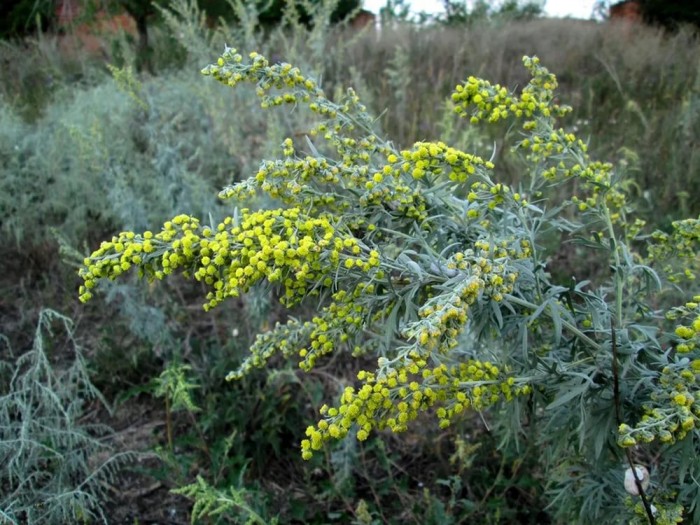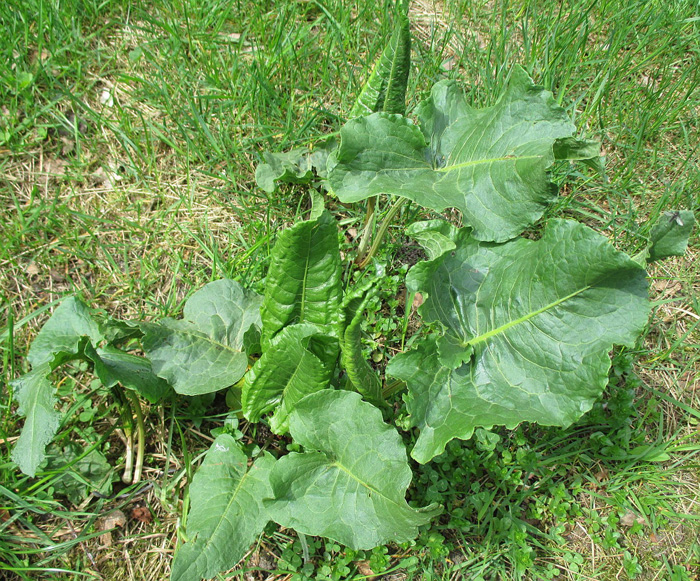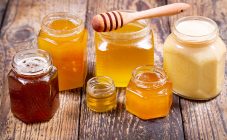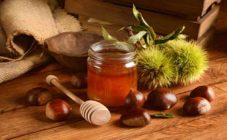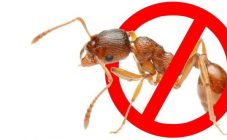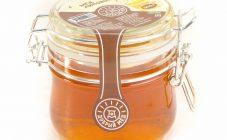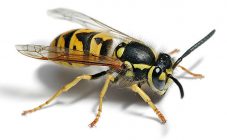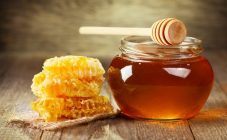Bee feeding has been practiced among beekeepers for many years. To do this, you need to know how to prepare syrup for bees, food recipes, what ingredients are used for this and in what proportions.
The value of feeding
Autumn is the time to prepare the bee colony for wintering. How well the bees survive the winter depends on their health and ability to perform their functions. One of the preparation stages is feeding.
The following functions of feeding bees in autumn can be distinguished:
- replenish food supplies that the bees could not provide for themselves in the required amount;
- increase the amount of honey remaining after honey collection;
- provide bees with quality food that excludes honeydew honey;
- if necessary, carry out medicinal or preventive measures that are combined with feeding.
Knowing when to start and end feeding bees is just as important as what to feed them. Experienced beekeepers recommend finishing feeding bees no later than September 10th. This is due to the fact that bees spend a lot of energy in processing the syrup. Those insects that do not have time to process the solution die. Those who are in the brood stage in the fall will survive. The most optimal time to start feeding the bees is the beginning of August.
How to make syrup
First of all, you need to know the features of the preparation of sugar syrup for feeding bees in the fall. This is due to the fact that by that time the bees were already very tired, having spent a lot of effort and energy on processing monosaccharides, polysaccharides and sealing the honeycomb. Therefore, they need the help of a beekeeper.
Making a syrup for feeding bees requires the use of certain ingredients: white sugar, water, and honey. The correct nectar can be boiled in the following proportions: 3 kg of sugar, 2 liters of water. As a result, 64% syrup can be obtained, which, according to experienced beekeepers, is considered the most optimal food for bees.
It is better to cook syrup from white sugar using clean dishes. For water, it is recommended to take soft or rainwater. If you use hard water, this solution will crystallize quickly. The liquid is poured into a container and brought to a boil. After that, you can add sugar, gradually stirring the solution. After the sugar crystals are completely dissolved, the dishes can be removed from the heat.
One of the distinguishing characteristics of honey is its acidic reaction, as opposed to sugar syrup. For sweet water to acquire a slightly acidic reaction, 70% acetic acid must be added to it (take 0.3 g of acid per 1 kg of sugar). In addition, the use of acetic acid is the prevention of such a common bee disease as nosematosis.
After cooling the solution (to 30 ° C), it can be used to feed the bees. If the syrup turns out to be cold, insects will eat it with little desire.
It is not enough to know how to make bee syrup, it is important to give the right amount of food to the bees. To do this, it is worth calculating how much honey is left after honey collection. The amount of groundbait depends on many factors:
- climatic conditions - in the south, winter is short, which requires less food;
- how bees hibernate (in a hibernation house or on the street) - a bee family hibernating in the wild needs more complementary foods than the one in Omsha;
- the general condition of the bee colony - a strong one requires less food to prepare for the winter period.
Bees spend a lot of energy processing syrup, which is recommended to be taken into account when calculating the amount of feed required.
Solution additives
Experienced beekeepers practice combining groundbait with therapeutic and preventive measures. For this, tinctures from medicinal herbs are added to the sugar syrup: wormwood, tansy and others.
To prevent herbs from losing their medicinal properties, you need to properly collect and dry the raw materials. In this case, it is recommended to adhere to the following sequence of actions:
- Collect herbs during the period of their flowering or active growth. At this time, all parts of the plants accumulate the maximum amount of useful components.
- The best weather for harvesting is dry and sunny (until lunchtime, when the dew is completely dry).
- It is recommended to cut off the upper parts of the plants (up to 25 cm high).
- Peduncles are collected separately from the stems of herbs.
- Fruits and seeds are suitable for harvesting only after they are fully ripe.
- The beginning of autumn is best suited for digging out the root part. After digging, they must be thoroughly cleaned of soil and cut into small pieces.
- The collected raw materials are placed on thick paper, which is located in a room with good ventilation without exposure to sunlight. This can be an attic or a shed.
- After each day, the herbs are turned over and mixed.
- Well dried raw materials are best unpacked in cloth or paper bags, which must be stored in a dark and cool place.
- The longest period during which dried herbs do not lose their medicinal properties does not exceed 2 years.
After the raw material from the wormwood is collected, it is necessary to make a tincture of alcohol from it. For this, the leaves of the grass and its young stems are crushed, then placed in a container up to half and filled with alcohol or a 40-degree strong drink. The container is placed in a dark place. After 3 days, the tincture is ready for use.
In sugar syrup, an alcoholic tincture of wormwood is added for therapeutic or prophylactic purposes against such a disease of bees as nosematosis. To do this, it is recommended to adhere to this ratio: 0.5 liters of syrup and 1 tbsp. spoon of tincture. Insects are given such feeding with an interval of 5-6 days for 3-4 times.
Alcohol tincture can also be used:
- for the sanitization of discarded honeycombs for the purpose of their further melting into wax;
- wiping the worn out bee houses before disinfecting them with a blowtorch;
- disinfection of combs and hives before the resettlement of a bee colony in them.
Compliance with these recommendations will help keep bees healthy and increase their productivity.
Tansy flowers are used if ticks are found in bee houses. To do this, they are placed between two layers of gauze and located above the frames. In this position, the tansy is in the hive for 24 hours. After that, a break is made for 5-6 days and the procedure is repeated until the ticks completely disappear from their house.
You can also add juniper tincture to the sugar syrup to get rid of mites. Its use also makes bees more active, increases their immunity to infectious diseases. To prepare it, you need to cut off the needles of the bush and chop them with scissors. The collected raw materials are washed under running water and dried well. The needles are passed through a meat grinder, and the juice is squeezed out of the resulting mass.
For the treatment of ascospherosis of bees, it is recommended to add an alcoholic tincture of garlic to the syrup. To do this, chop 200 g of garlic and pour 200 ml of alcohol into it. This infusion is maintained for 10 days in a place where there is no access to sunlight. For treatment, 10 - 16 ml of tincture is added to 200 ml of sugar solution.
The squeezed juice is stored in a glass jar in the refrigerator. To use it, you need to add 2 ml of juniper juice to 1 liter of sugar solution. It is worth feeding insects with such syrup 3-4 times with a break of 5-8 days.
To get rid of ascospherosis, a decoction made from horsetail, which contains silicic acid, is also used. You can prepare it this way: put 300 g of fresh plant twigs in a large container and fill them with cold water. Boil the solution for 10 minutes, and then let it brew for 2-3 hours. Mix the tincture and sugar syrup in equal parts. This bait can be given to bees for 5-6 days.
For the treatment or prevention of varroatosis, experienced beekeepers add bitter pepper tincture to sugar syrup. To prepare it, you need to take 50-60 g of pepper and grind it in a meat grinder. Pour the finished mass into 1 liter of boiling water and insist for 10-16 hours. After that, filter the solution through several layers of gauze. The pepper tincture is added to the syrup in a 1: 1 ratio.
You can also get rid of varroatosis by adding infusions of herbs such as calendula, chamomile or motherwort to the syrup. For the preparation of infusions, it is recommended to take 50 g of pre-dried raw materials and pour 1 liter of cold (soft) water over it. Put the mixture in a water bath for 45-50 minutes, and then cool. Beekeepers use this feed to cleanse insects' stomachs and increase their body's resistance to disease.
Beekeepers prefer to add a decoction made from horse sorrel to combat nezomatosis during autumn feeding. To prepare it, you need to take 250 g of dry raw materials and pour 5 liters of settled water. Bring the solution to a boil and let it brew for 2-3 hours, and then strain through several layers of gauze. When adding a cooled broth to the syrup, you need to take them in the ratio of 0.5 liters of broth and 2 liters of sugar syrup.
It is possible to increase the immunity of bees, as well as cleanse their intestines by adding coniferous extract to the sugar syrup. This is due to the fact that the needles contain components such as:
- phytoncides;
- essential oils;
- flavonins;
- phytohormones;
- macro- and microelements.
For its preparation, you can use needles of needles or pine, which are pre-crushed and filled with boiling water (1 kg of raw materials per 4 liters of water). Insist the finished solution for 3-4 hours. For use, you need to take 1 kg of syrup and mix it with 10-15 ml of needle extract. This food is given to bees 6 times.
So that the decoctions or tinctures prepared by yourself do not lose their medicinal properties, you need to know not only when and how to properly collect and dry plants, it is important to adhere to the recipe for preparing solutions. If you do not take into account the necessary ratio of sugar syrup, which is used to feed bees, and herbal supplements, it will not be possible not only to achieve a positive result, but you can harm the bee family.


